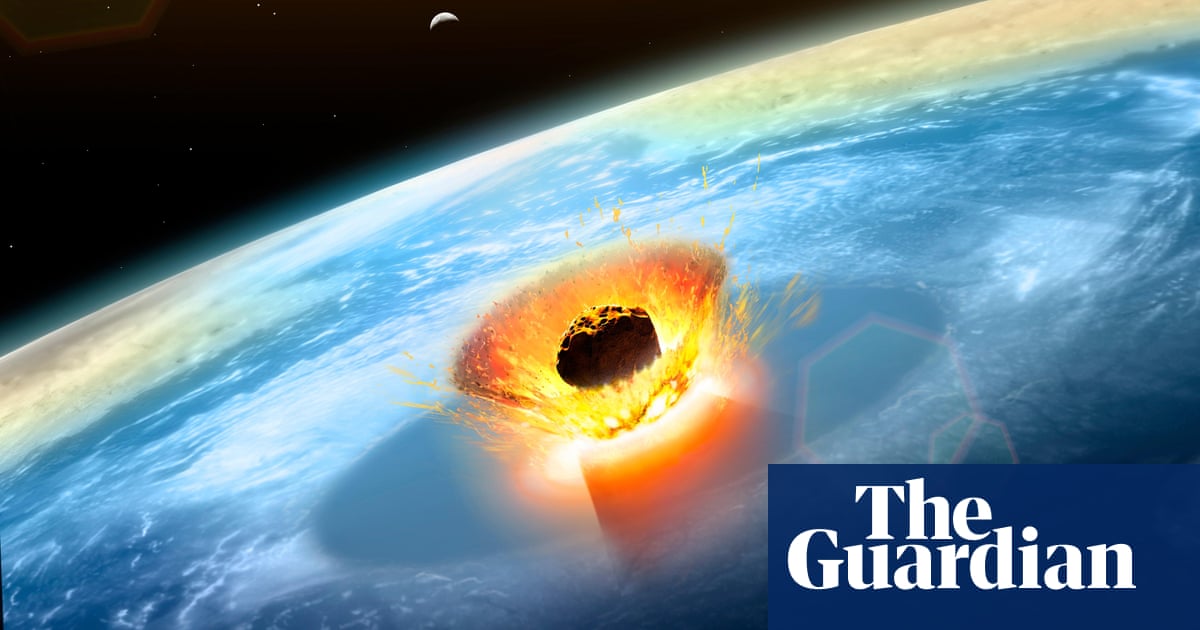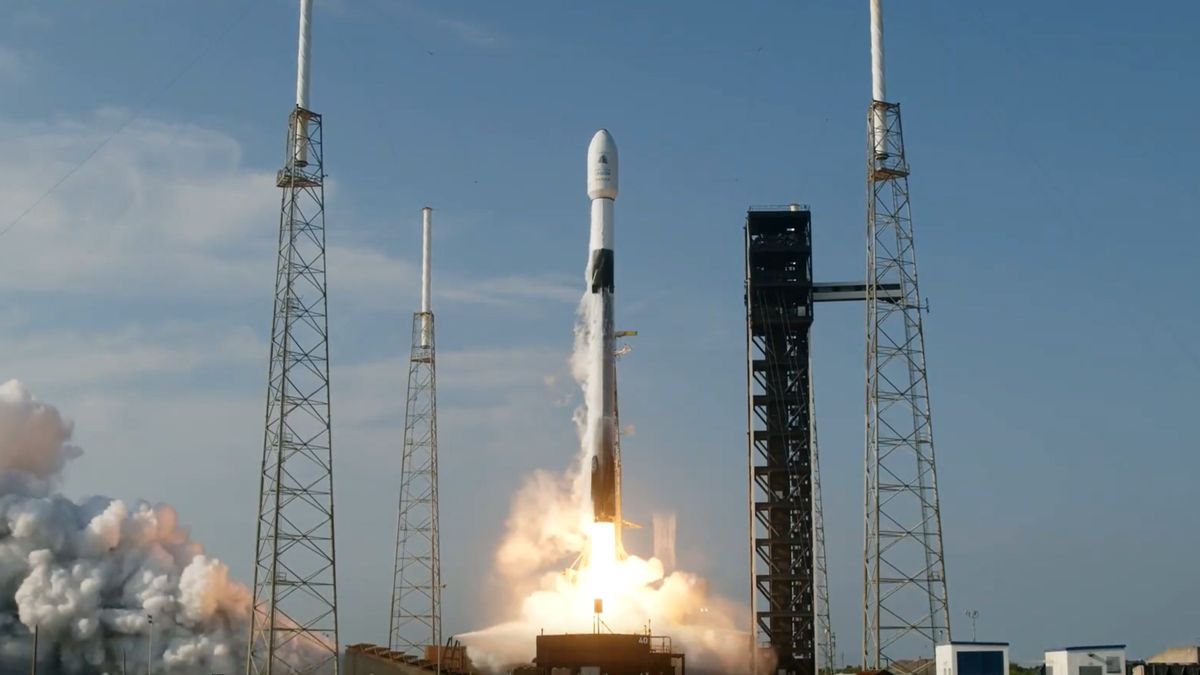
When a huge space rock crashed into Earth 66 meters years ago, it wiped out the largest species and ended the reign of the dinosaurs. Now scientists say they have new insight into what it's made of.
Experts studying the material deposited during the event say they have found signs to support the idea that the Sixcule impact crater was formed by a carbon-rich, « C-type » asteroid that first formed beyond Jupiter's orbit. .
Mario Fischer-Gotte, co-author of the research at the University of Cologne, said the team was now interested in seeing deposits associated with an impact. A mass extinction about 215 million years ago.
« This way we can find out whether C-type asteroid impacts have a high probability of causing mass extinction events on Earth, » he said.
Writing in a scientific journalResearchers report how they analyzed different types, or isotopes, of ruthenium within a layer of material that settled on Earth after the impact 66 million years ago.
« This layer contains traces of the remains of the asteroid, » Fischer-Gotte said.
The team chose to look at ruthenium because the metal is so rare in the Earth's crust.
« The ruthenium we see in this layer is almost 100% derived from the asteroid, » Fischer-Gotte said, giving scientists a way to determine the makeup and type of impact.
The team found samples of the layer from Denmark, Italy and Spain, all showing the same ruthenium isotope composition.
Importantly, Fischer-Gödde says, the effect of the composition is different from that commonly found on Earth, rejecting the theory that the presence of ruthenium and other metals such as osmium and platinum lies beneath past eruptions of the Deccan Traps volcanoes.
The team also cast doubt on the possibility that the impact was a comet, as the ruthenium isotope composition of the samples differed from that of meteorites thought to be fragments of ice-lost comets.
Instead the ruthenium isotope findings are compared to the average composition of meteorites from carbonaceous (C-type) asteroids – carbon-rich space rocks that would have formed early in the Solar System, beyond the orbit of Jupiter.
But questions remain about where the asteroid came from before heading toward Earth.
C-type asteroids can be found today in the asteroid belt, which lies between Mars and Jupiter, Fischer-Gotte said, because shortly after the formation of the Solar System, Jupiter migrated, dispersing the asteroids in the process.
As a result, the worst space rock could have come from there, he says.
« It's possible that two asteroid bodies collided in the belt, and then this fragment went into an Earth-crossing orbit. That could be a scenario, » he said, although there are other possibilities, including that it came from the Oort cloud, which is thought to surround the solar system.
Dr Craig Walton of the University of Cambridge, who was not involved in the work, said the research was exciting, although in his view it was unclear whether the impact was an asteroid or a comet.
« However, this kind of work gives us detailed insights into the nature of the materials that have so dramatically shaped Earth's history, » he said.






